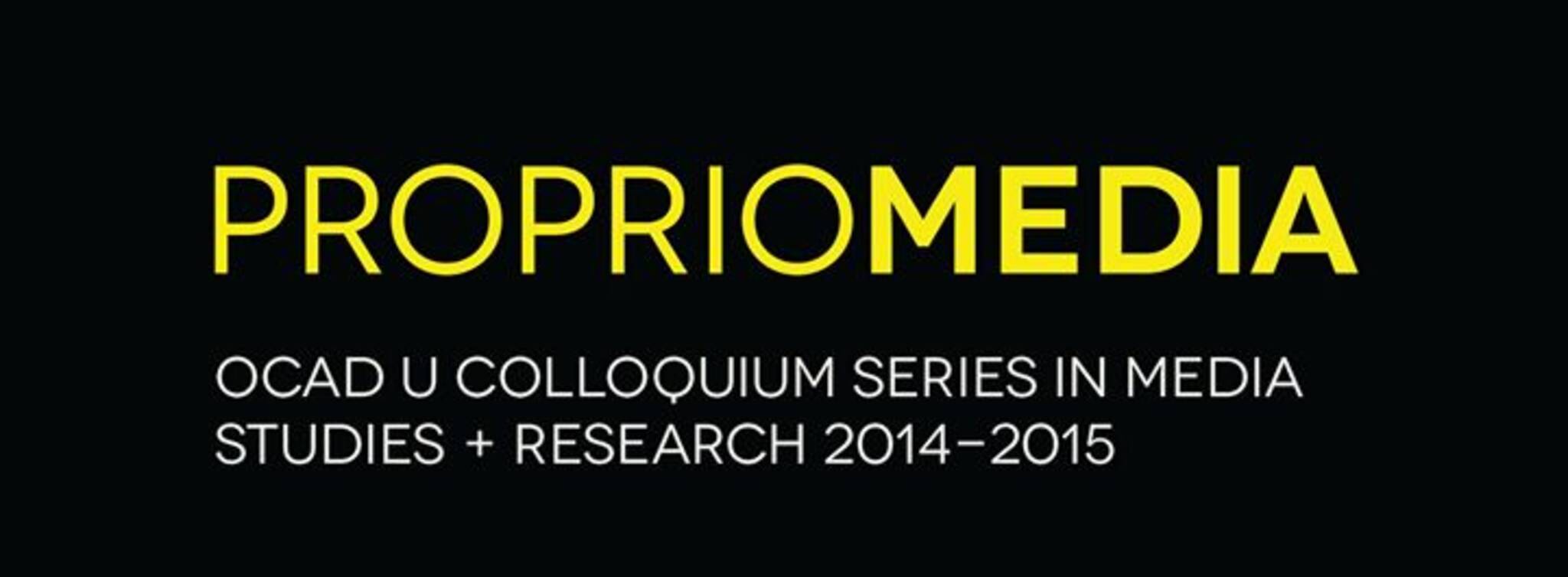
Colloquium, October 24
October 24 Colloquium presents the following talks:
for more info, check www.propriomedia.ca
Carl W. Jones [OCADU]
El Crayolas Project 2005-2013
Abstract: The artist Carl W. Jones asks: Is contemporary art authentic, or a manufactured commodity product, sold to an ill-informed capitalist consumer? In 2005, to answer this question, Jones appropriated Advertising and Contemporary Art tools and techniques to create an artistic product, titled El Crayolas. This brand was circulated throughout the contemporary art world via: art exhibits, billboards, street posters, magazine and newspaper articles. The objective was to make the artistic product real and authentic, by creating content, that was appropriated by the metamedia, and broadcast to the masses during the last nine years. These published messages have now become the art. Communication theorist Marshall McLuhan stated the medium is the message, therefore in the exhibition of the El Crayolas Project the original messages were presented in the exact medium in which they were first published. The El Crayolas project demonstrates that artists in the 21st century are not made of genius, but are a commodity product created by a consort of: curators, critics, gallery owners, journalists, marketers, and public relations using the metamedia.
&
Michael Zryd [York University]
Hollis Framptons Comic Inventory: Parables of Photography and Totality in Magellan
Abstract: The last major project of American filmmaker, photographer, and essayist Hollis Frampton, before his untimely death in 1984, was a massive film cycle, Magellan 1972-84, a grand rumination on the nature of art and consciousness through what he called the camera arts. The scope of Magellan was encyclopedic, but Frampton undercut the encyclopedias presumption of totality by emphasizing the power of the fragment. Framptons invocation, direct and indirect, of such theorists of the fragment as Novalis, Borges, and Foucault, points towards understanding Magellanand the grand projects of the illusory camera arts themselvesas engaged in a tension between totality and fragmentation, between epistemological structures and the objects and occasions that subtend reality. Framptons writings complement the films that comprise the project, and provide insight into the projects intentions and ambitions. His essay, Digressions on the Photographic Agony, outlines a parable of photographys excess and value that bears on how the camera arts inflect illusion, simulation, and the totalizing structures, both material and intellectual, that grow from copious image production.
